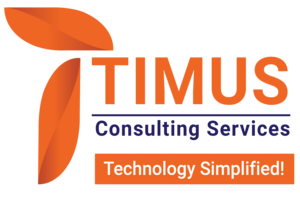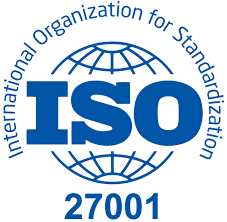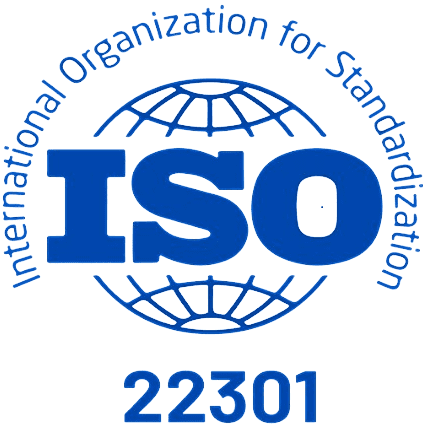Introduction
In today’s digital landscape, businesses are increasingly turning to cloud computing to enhance agility, scalability, and cost-effectiveness. However, as organizations migrate their assets to the cloud, they face significant security challenges. Ensuring the security and effective management of assets in the cloud is paramount to safeguarding sensitive data and maintaining business continuity. This blog aims to delve into the importance of security and asset management in the cloud, explore strategies to mitigate risks, present real-world use case scenarios, and conclude with key takeaways for organizations.
Importance
Security breaches in the cloud can have severe consequences, including data loss, financial losses, damage to reputation, and regulatory penalties. Effective security and asset management practices help mitigate these risks by ensuring the confidentiality, integrity, and availability of data and applications stored in the cloud. Moreover, with the proliferation of remote work and the increasing adoption of cloud services, the need for robust security measures has become more pressing than ever.
Strategies
Identity and Access Management (IAM):
Implement granular access controls to limit user privileges and prevent unauthorized access to resources.
Encryption:
Encrypt data both in transit and at rest to protect it from unauthorized access or interception.
Continuous Monitoring:
Utilize automated tools for real-time monitoring of cloud environments to detect and respond to security threats promptly.
Multi-Factor Authentication (MFA):
Require multiple forms of verification, such as passwords, biometrics, or security tokens, to enhance authentication security.
Regular Audits and Compliance Checks:
Conduct regular audits and compliance checks to ensure adherence to security standards and regulatory requirements.
Data Backup and Recovery:
Implement robust backup and recovery mechanisms to mitigate the impact of data breaches or system failures.
Security Training and Awareness:
Educate employees about security best practices and raise awareness about the potential risks associated with cloud computing.
Use Case Scenarios
Financial Services:
A financial institution migrates its core banking systems to the cloud to improve scalability and agility. By implementing encryption, IAM, and continuous monitoring, the institution ensures the security of sensitive financial data while complying with regulatory requirements such as PCI DSS.
Healthcare:
A healthcare provider adopts cloud-based electronic health records (EHR) to streamline patient care and improve accessibility. Through rigorous access controls, encryption, and regular audits, the organization protects patient confidentiality and maintains compliance with HIPAA regulations.
E-commerce:
An e-commerce retailer leverages cloud infrastructure to handle peak traffic during sales events. With MFA, data encryption, and robust backup solutions, the retailer safeguards customer payment information and ensures business continuity even in the face of cyber threats.
Conclusion
Security and asset management are paramount considerations for organizations operating in the cloud. By implementing proactive strategies such as IAM, encryption, continuous monitoring, and regular audits, businesses can mitigate risks and safeguard their assets from potential threats. Real-world use cases across various industries demonstrate the importance of adopting comprehensive security measures to protect sensitive data, maintain regulatory compliance, and ensure business resilience in the cloud era. As organizations continue to embrace digital transformation, prioritizing security and asset management will remain critical for sustained success in the cloud.





